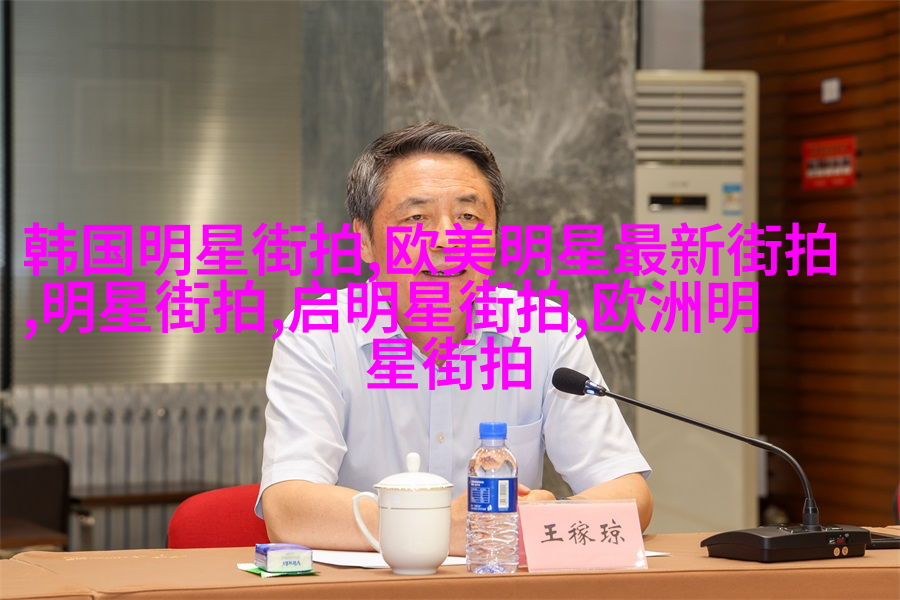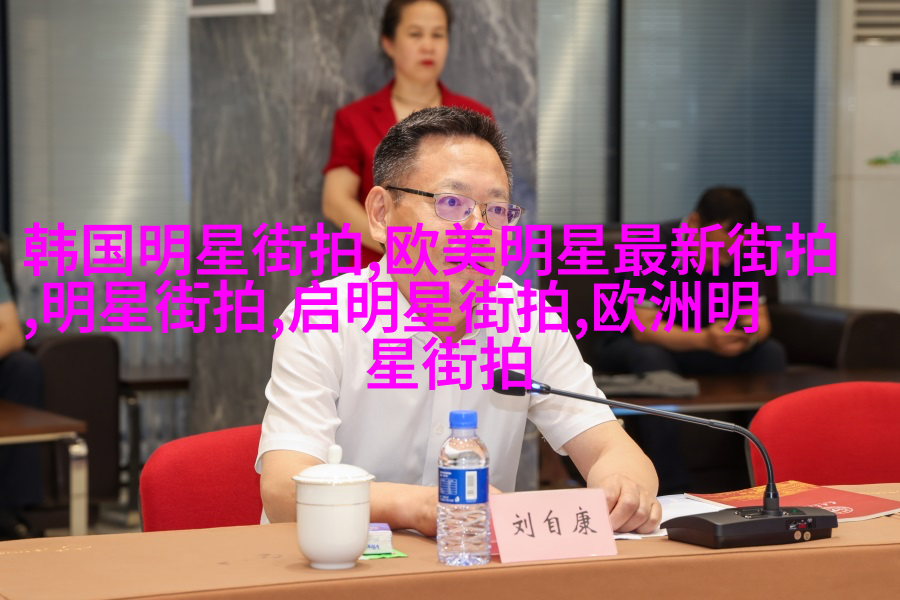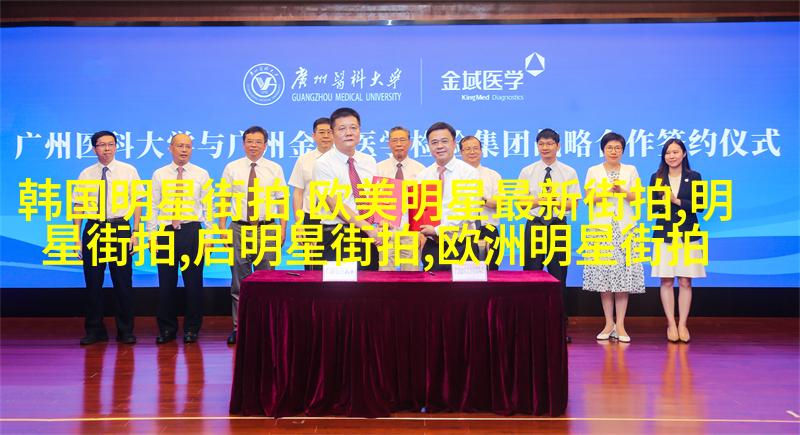In the realm of fashion, trends often dictate what is deemed appropriate attire for various occasions. In the context of workplace culture, these trends have evolved significantly over time, influenced by societal norms and cultural values. This article delves into the evolution of workplace attire in England through a vintage lens.

The Early Years
In the early 20th century, men's workwear was heavily influenced by military attire. Tailored suits with narrow lapels and slim ties were de rigueur for both office workers and professionals alike. Women's workplace attire during this period was more subdued with longer skirts reaching just above the ankle paired with blouses or cardigans.

The Roaring Twenties
As we enter the Roaring Twenties, women began to assert their independence in all aspects of society including their choice of clothing at work. Hemlines rose dramatically as shorter skirts became popularized alongside knee-length dresses and tailored trousers for women working in offices or factories.

Post-War Era
Following World War II, there was an emphasis on practicality while maintaining style. Men adopted a more relaxed approach to dress code adopting wider lapels and patterned shirts while women opted for shorter hemlines that fell below mid-calf length but still maintained modesty.

Floral Power
The late 1960s saw a rise in floral patterns becoming prominent among both men's and women's workwear inspired by Mary Quant’s mod aesthetic which emphasized bold colors combined with geometric patterns.

Rise Of Minimalism And Informal Wear
By the 1980s minimalism had become popularized especially among younger generations who favored simple yet elegant designs characterized by plain white shirts paired with fitted black trousers or jeans for both men and women at work.
Modern Times - A Blend Of Tradition And Innovation
Today, workplaces are open to embracing diversity when it comes to dressing up professionally without being too formal or rigid adhering to traditional norms such as wearing business suits only reserved for top executives whereas others can opt from casual wear like polo shirts or even graphic t-shirts depending on company policies allowing employees greater freedom in expressing themselves through their wardrobe choices without compromising professionalism.
In conclusion, From Suits To Skirts encapsulates not only changes within styles but also evolving social attitudes towards gender roles throughout history influencing how people choose what they wear at work today reflecting our ever-changing world where individuality matters most particularly within professional environments where self-expression meets tradition seamlessly blending vintage charm into modern times fostering creativity amidst conformity effectively making workplaces vibrant spaces filled with unique individuals united under one banner – professionalism regardless if dressed formally or informally embodying an era gone past yet forever present shaping our future tomorrow keeping us connected between yesterday & today bridging gaps between eras creating lasting impressions that truly define us – nothing less than true artistry!



